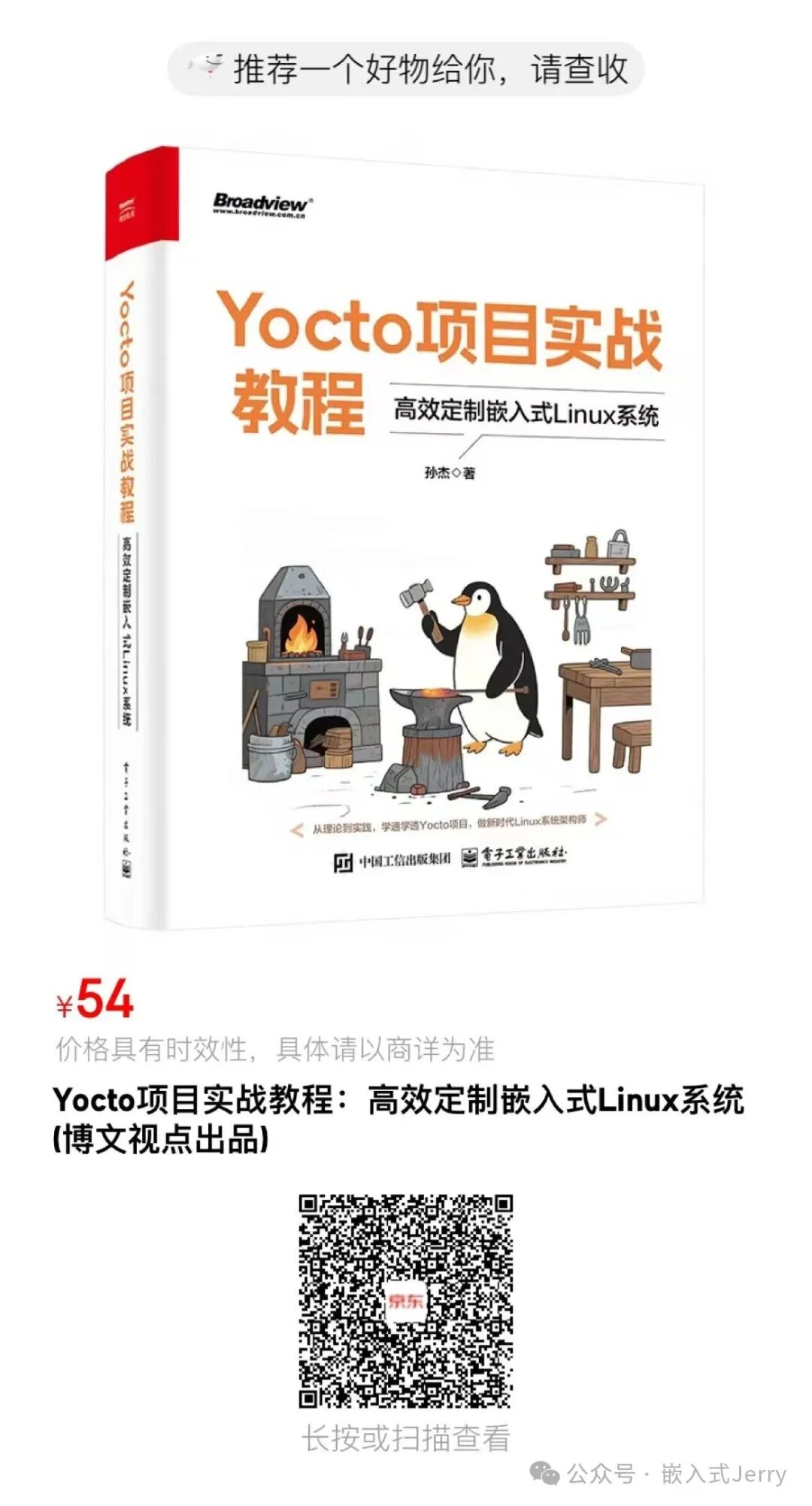In the process of building embedded Linux systems, the “capability to handle package dependencies” is one of the core indicators of the maturity of a build system. Today, we will focus on a detailed topic — how Buildroot and Yocto handle package dependencies? What are their respective advantages and disadvantages?

This not only concerns build efficiency but also directly affects system stability, maintainability, and modularity.
✅ Package Dependencies: Why Must We Pay Attention?
Package dependencies, simply put, are when the build or operation of one package requires another package to provide libraries, header files, or services. Poor dependency handling can lead to common issues such as:
-
Incorrect build order, leading to linking failures
-
Missing runtime libraries, causing program crashes
-
Increased number of packages leading to maintenance chaos
In embedded systems, once a dependency issue goes wrong, it usually directly affects the overall stability of the system. Therefore, the strategy for managing dependencies during the build process is particularly critical.
🧱 Buildroot’s Dependency Handling Mechanism: Simple Structure, Focus on Build Time
🔹1. Build Dependencies
Buildroot explicitly specifies dependencies through <span>*.mk</span> files using <span>FOO_DEPENDENCIES</span>. For example:
MYAPP_DEPENDENCIES = openssl zlib
Buildroot will:
-
Ensure that openssl and zlib are built before myapp
-
Automatically inject
<span>CFLAGS</span>,<span>LDFLAGS</span>, and<span>PKG_CONFIG_PATH</span> -
Provide paths for cross-compilation toolchain support
Build dependencies are the core of Buildroot; it does not use a package manager and does not automatically infer dependencies, but requires developers to explicitly declare dependencies.
🔹2. No Runtime Dependency System
Buildroot does not support <span>RDEPENDS</span> and does not have a runtime package manager (like opkg or apt). Once compilation is complete, all files are directly packaged into rootfs, and software packages cannot be dynamically uninstalled or reinstalled.
This makes the systems built with Buildroot very suitable for devices with small size and fixed dependencies, such as:
-
Industrial controllers
-
Single-function IoT gateways
-
Routers, monitoring devices
🏗 Yocto’s Dependency Handling Mechanism: Comprehensive Coverage of Build Time + Runtime
🔹1. Build Dependencies (DEPENDS)
In Yocto’s recipe files, build dependencies can be declared using <span>DEPENDS</span>. For example:
DEPENDS = "openssl zlib"
BitBake will:
-
Automatically analyze the dependency graph
-
Set the build order
-
Build an independent sysroot for each package to ensure isolation and consistency
🔹2. Runtime Dependencies (RDEPENDS)
Yocto’s unique <span>RDEPENDS</span> mechanism can declare runtime dependencies that must be installed:
RDEPENDS:${PN} += "libssl"
The benefits are:
-
Automatically generate
<span>.ipk</span>or<span>.rpm</span>packages with dependency information -
Automatically pull in required libraries and configuration files when building images
-
Support for subsequent OTA, dynamic upgrades, and other scenarios
🔹3. Rich Dependency Tracking Mechanism
Yocto can generate dependency graphs through tools (like <span>bitbake -g</span>); it can also enable QA checks to identify undeclared dependencies, thus enhancing system stability and consistency assurance.
📊 Technical Comparison Overview
| Capability | Buildroot | Yocto |
|---|---|---|
| Build Dependencies | ✅ Explicitly specified | ✅ Automatic graph analysis |
| Runtime Dependencies | ❌ Not supported | ✅ Supported <span>RDEPENDS</span> |
| Conditional Dependency Control | ⚠ Controlled via <span>Config.in</span> |
✅ <span>PACKAGECONFIG</span> Flexible module toggling |
| Multi-Version Coexistence | ❌ Not supported | ✅ Supported (e.g., Python2 + Python3) |
| Automatic Dependency Tracking | ❌ Only relies on declarations | ✅ BitBake graph management |
| Circular Dependency Detection | ❌ No automatic detection | ✅ BitBake error prompts |
🧠 Usage Recommendations
| Usage Scenario | Recommended System |
|---|---|
| Quickly create a small, simple dependency custom system | ✅ Buildroot |
| Build complex systems with many modules requiring long lifecycle maintenance | ✅ Yocto |
| Need software OTA, uninstallable, component upgrades | ✅ Yocto |
| Fixed function, only needs to be burned once | ✅ Buildroot |
✅ Summary
Buildroot and Yocto each have their strengths and weaknesses in handling package dependencies:
-
Buildroot is simple and direct, suitable for small projects and single-board systems;
-
Yocto provides more comprehensive dependency tracking and package management capabilities, suitable for enterprise-level embedded projects.
Choosing is not just about a build tool, but about building the “infrastructure of dependencies” for your project.
📌Follow me: Continuously publish practical skills for embedded Linux build systems, in-depth analysis of Yocto & Buildroot, helping you create high-quality embedded systems!
